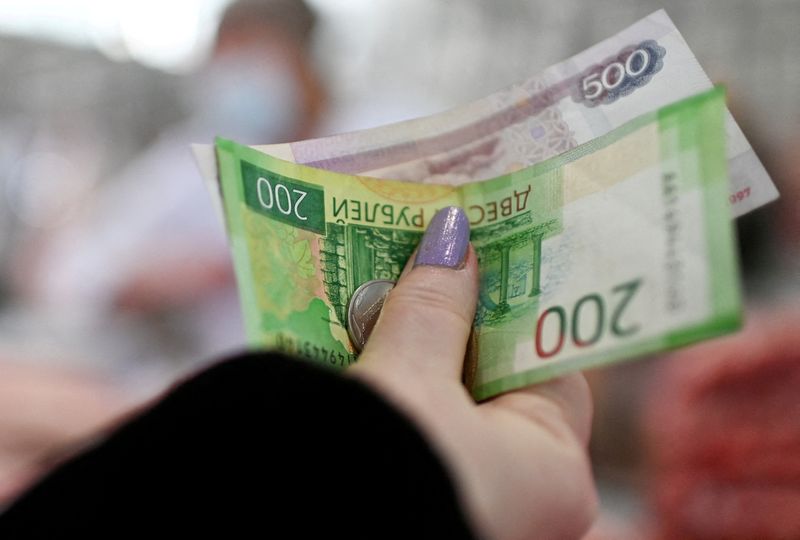The Central Bank of Russia has indicated that the upcoming launch of its central bank digital currency (CBDC), the digital ruble, is not expected to eclipse other non-cash and cash payment methods. Alla Bakina, director of the bank's national payment system department, shared this perspective during a webinar reported by Interfax news agency.
Bakina revealed that non-cash transactions currently account for more than 80% of all payments in Russia. The introduction of the digital ruble is aimed at broadening consumer payment options, stimulating competition among various payment methods including cash, cards, bank accounts, digital accounts, mobile apps, and pay services.
In addition to this, Bakina confirmed that there would be no limits set on payments made with the digital ruble. She also recognized the continued relevance of cash in certain situations. This stance aligns with the views of the Bank of Russia's governor, Elvira Nabiullina, who had previously asserted last month that cash remains an essential payment method. Nabiullina also disclosed ongoing plans to develop a 1,000-ruble bill.
The digital ruble project began its pilot trial in August with 13 banks participating. An update on the project's progress was recently shared by Nabiullina, who conveyed plans for expanding the trial next year. The expansion aims to include more participants and test additional use cases for the digital currency in 2024.
This article was generated with the support of AI and reviewed by an editor. For more information see our T&C.
